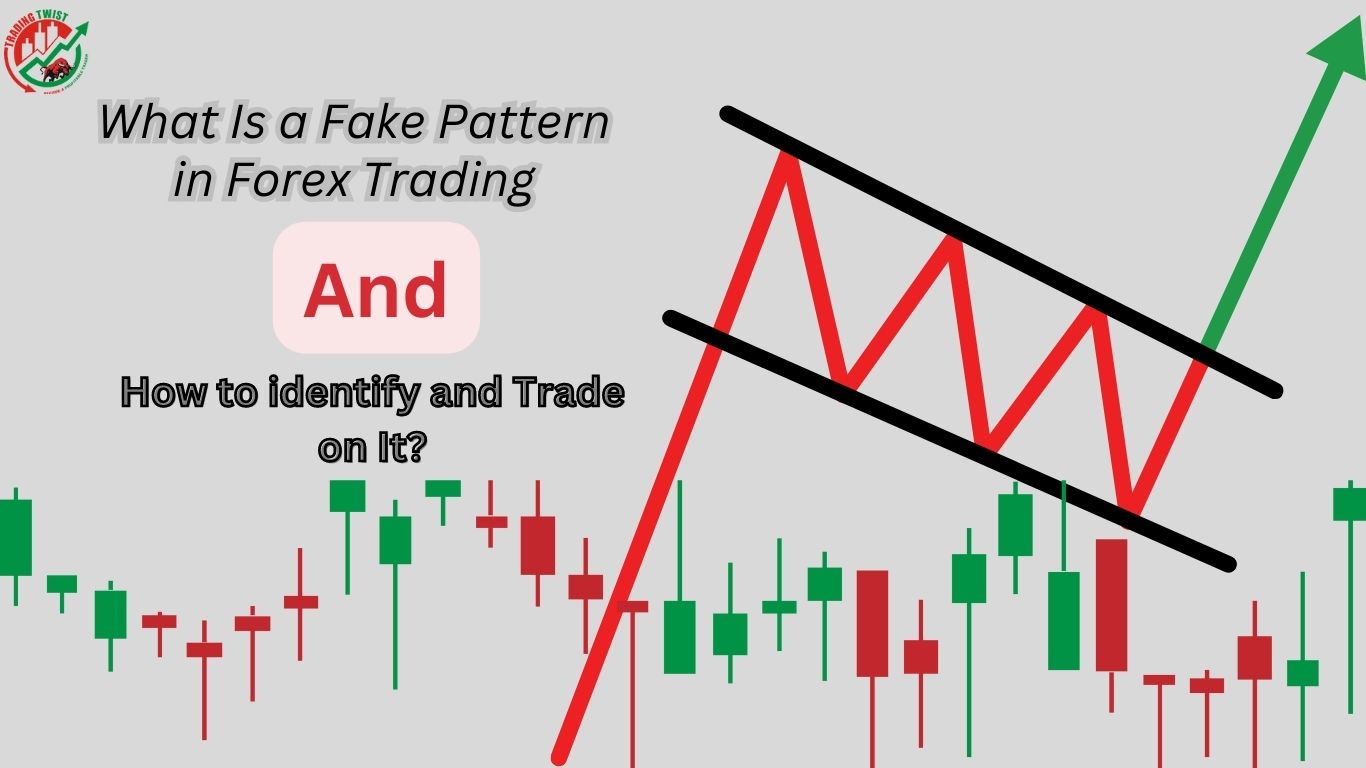
A fake pattern in forex trading is a price pattern that appears to signal a potential trade opportunity but ultimately fails to follow through. These patterns can be difficult to spot because they can look identical to legitimate patterns. Examples of common fake patterns include head and shoulders, double tops or bottoms, and bullish or bearish divergences. These patterns can be caused by a variety of factors, including market manipulation or temporary shifts in supply and demand.
Identifying a fake pattern in forex trading requires a keen eye and a thorough understanding of market dynamics. Traders should look for patterns that appear too perfect, with no signs of natural market fluctuations. Additionally, traders should look for confirmation from other indicators, such as technical indicators or volume analysis, to confirm the validity of the pattern.
What is a Fake Pattern in Forex Trading?
A common characteristic of fake patterns is that they tend to have low follow-through, meaning that the price often does not continue in the anticipated direction after the pattern has formed. As a result, traders who rely solely on these patterns may enter trades that ultimately result in losses.
It’s important to note that not all patterns that don’t follow through are fake. Sometimes, the market simply changes direction due to a change in fundamentals or sentiment. Thus, it’s crucial to properly identify fake patterns before trading on them.
Fake patterns can take various forms, and it’s essential to understand the common types that appear in the forex market. Some of the most common fake patterns include double tops and bottoms, head and shoulders, and triangles. In these cases, the patterns may appear to be complete, but the price does not follow through in the anticipated direction.
Common Types of Fake Patterns in Forex Trading
Some of the common types of fake patterns in forex trading include fake breakouts, false support resistance levels, and head fakes. Fake breakouts occur when the price breaks through a significant level but fails to sustain the momentum and falls back into the previous range. False support and resistance levels occur when the price appears to break through a support or resistance level but quickly returns to the previous range. Head fakes occur when a pattern appears to form but quickly disappears, leading to a fake signal.
How to Identify a Fake Pattern in Forex Trading
To identify a fake pattern in forex trading, traders need to pay attention to the price action, volume, and market conditions. High volume can confirm the validity of a pattern, while low volume may indicate a fake pattern. It is also essential to consider market conditions such as news events, economic data releases, and overall market sentiment.
Trading Strategies for Fake Patterns
Traders can use various trading strategies to trade on fake patterns in forex trading. One approach is to wait for confirmation before entering a trade. For example, traders can wait for the price to retest the breakout level before entering a long trade. Another strategy is to trade in the opposite direction of the fake pattern. For instance, if the price breaks through a support level but quickly returns to the previous range, traders can enter a short trade.
Risk Management Techniques for Trading Fake Patterns
As with any trading strategy, risk management is crucial when trading fake patterns in forex trading. Traders should use stop-loss orders to limit their potential losses and avoid overleveraging. It is also essential to consider the risk-to-reward ratio and only enter trades with a favorable risk-to-reward ratio.
Importance of Patience and Discipline in Trading Fake Patterns
Patience and discipline are crucial when trading fake patterns in forex trading. Traders should wait for confirmation before entering a trade and avoid trading on emotions. It is also essential to stick to the trading plan and avoid overtrading.
Conclusion:
Trading Successfully with Fake Patterns in Forex Market:
Fake patterns can be misleading and result in significant losses if not identified and traded properly. Traders can identify fake patterns by paying attention to price action, volume, and market conditions. They can use various trading strategies to trade on fake patterns, but it is essential to practice risk management and maintain patience and discipline. By following these principles, traders can successfully trade on fake patterns in the forex market.








